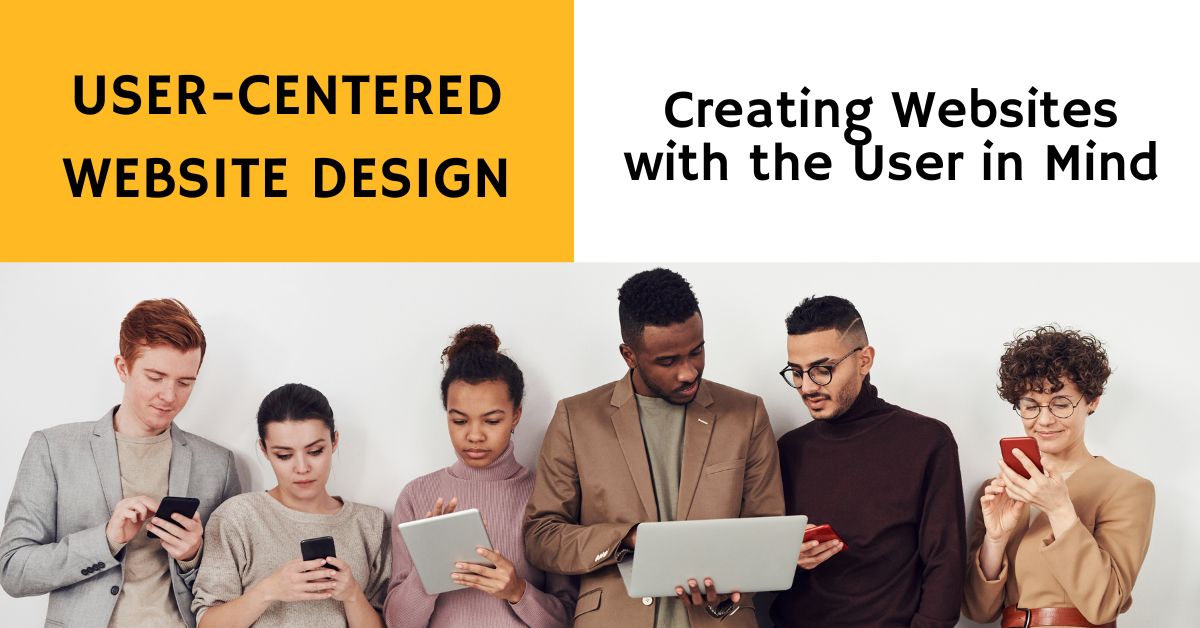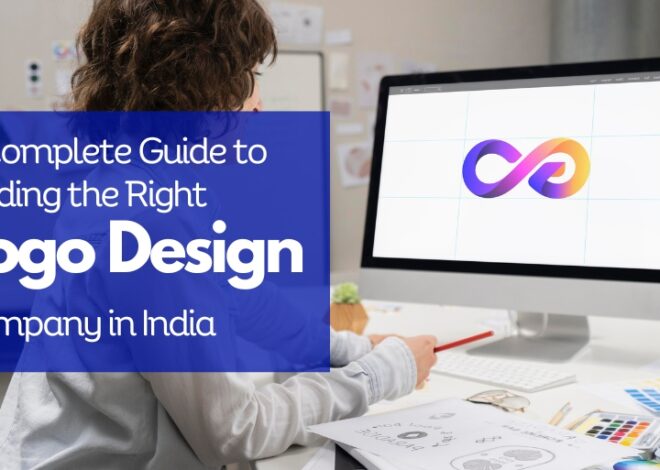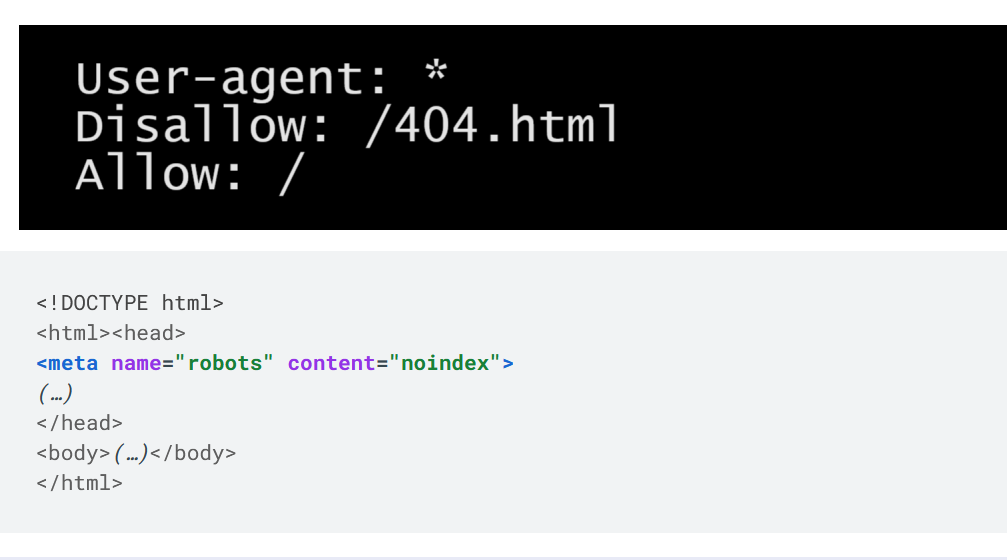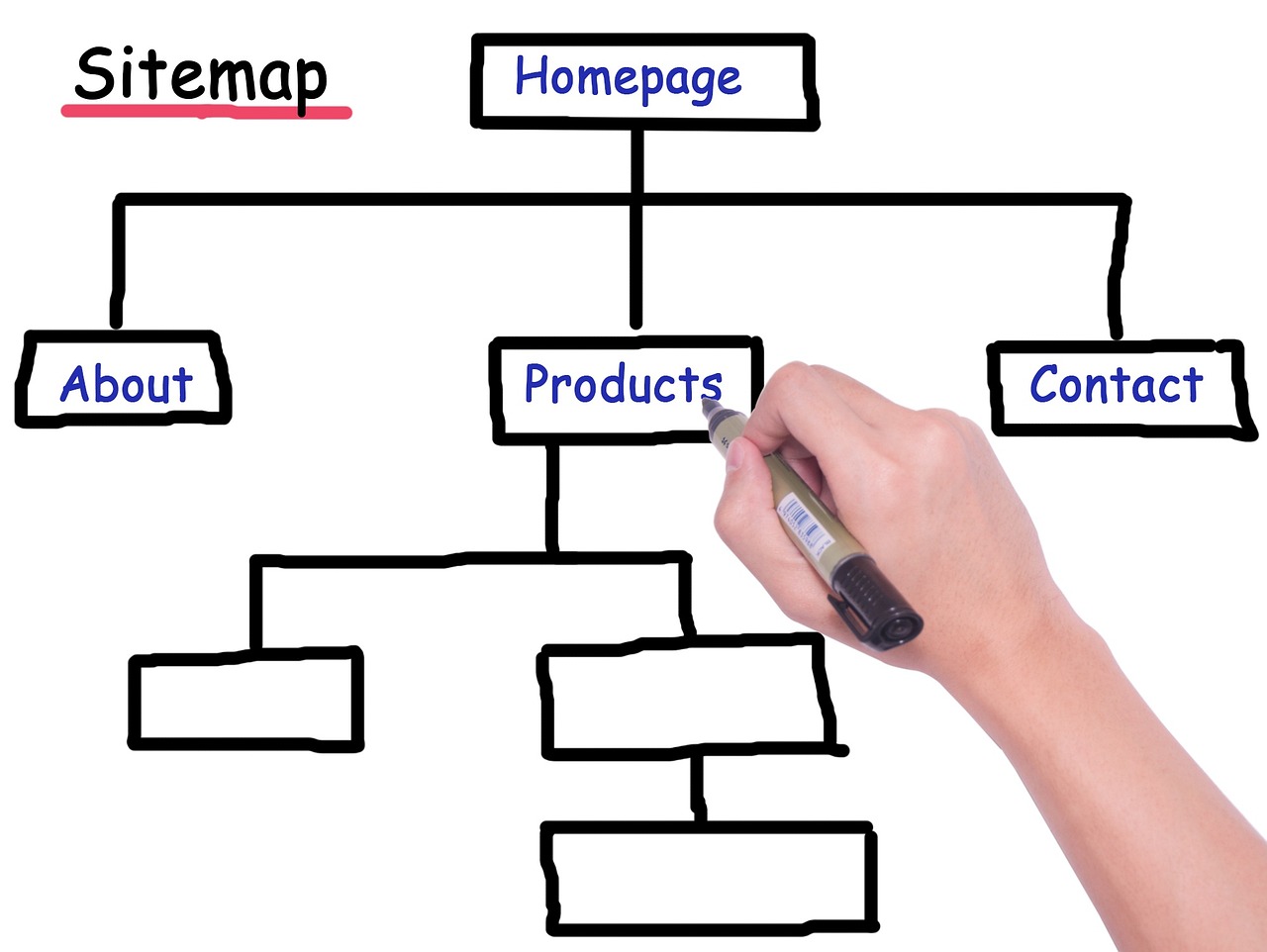
User-Centered Website Design: Creating Websites with the User in Mind
In today’s highly competitive online landscape, having a well-designed website is essential for businesses to establish their digital presence and effectively engage with their target audience. With millions of websites vying for attention, it is crucial to prioritize user-centered website design. This approach focuses on meeting the needs and preferences of users, resulting in an intuitive and enjoyable browsing experience. As a leading website design company in Delhi, Arihant Webtech recognizes the significance of user-centric design and its impact on the success of a website. In this blog, we will delve into the key principles and strategies of user-centered website design, while highlighting the benefits it brings to both businesses and users.
Understanding User-Centered Design
User-centered design revolves around creating websites that cater to the specific requirements of the target audience. It involves studying user behavior, preferences, and expectations in order to design a website that aligns with their needs. By focusing on the end user, businesses can build a website that not only captivates visitors but also guides them seamlessly through their journey.
Key Principles of User-Centered Website Design
- Extensive User Research: Before embarking on the design process, conducting thorough user research is paramount. This includes analyzing user demographics, studying their browsing habits, and identifying their goals and motivations. By understanding the target audience, web designers can tailor the website’s structure, content, and functionality to meet their specific needs.User research can be carried out through methods such as surveys, interviews, and user testing. These insights will inform decisions regarding website layout, content organization, and user flow. It is essential to continually gather user feedback and iterate on the design based on their input, ensuring that the website evolves to meet their changing needs over time.
- Intuitive Navigation: One of the fundamental aspects of user-centered design is intuitive navigation. Users should be able to find the information they seek easily and navigate through the website effortlessly. Clear and concise menu structures, intuitive search functions, and logical page hierarchies contribute to a seamless user experience.To achieve intuitive navigation, designers should consider the mental models and expectations of the target audience. Using familiar design patterns and labeling navigation elements clearly helps users understand where they are on the website and how to navigate to their desired destinations. Implementing breadcrumbs, search bars, and well-organized menus can further enhance the ease of navigation.
- Responsive Design: In today’s mobile-dominated world, responsive design is indispensable. Websites must be optimized for various devices, including smartphones and tablets. Responsive design ensures that the website layout and content adapt to different screen sizes, providing users with a consistent experience across devices.Mobile responsiveness is no longer a luxury but a necessity. A significant portion of internet traffic comes from mobile devices, and failing to provide a seamless mobile experience can lead to high bounce rates and lost opportunities.
- Compelling Visual Design: An aesthetically appealing website design captivates users and encourages them to explore further. Combining visually appealing elements, such as high-quality images, balanced color schemes, and engaging typography, helps create an attractive and memorable user interface.Visual design is not just about aesthetics; it also plays a crucial role in conveying the brand’s personality and establishing a connection with the target audience. The design should align with the brand’s identity and evoke the desired emotions in users. By using appropriate imagery, typography, and color palettes, designers can create a visually cohesive and engaging website that resonates with users.
- Readable and Engaging Content: Content plays a crucial role in user-centered website design. Well-crafted and engaging content not only communicates the brand’s message effectively but also keeps users interested and encourages them to take action. Incorporating readable typography, concise and informative copy, and multimedia elements enhances the overall user experience.When creating content, it is important to consider the target audience’s reading habits and preferences. Using legible fonts, appropriate font sizes, and well-structured paragraphs improves readability. Breaking up content with headings, bullet points, and visuals helps users scan information quickly and locate the most relevant details. Engaging and persuasive copywriting techniques can be employed to guide users through the website and prompt them to take desired actions, such as making a purchase or filling out a contact form.
Benefits of User-Centered Website Design
- Enhanced User Satisfaction: By focusing on user needs and preferences, businesses can create websites that provide a satisfying experience. Users appreciate intuitive navigation, relevant content, and visually appealing designs. When users feel satisfied with their browsing experience, they are more likely to stay longer, explore more pages, and convert into loyal customers.A user-centered design approach aims to minimize friction points and frustrations that users may encounter while interacting with a website. By anticipating user needs and addressing them proactively, businesses can foster a positive perception of their brand and build trust with their audience. Positive user experiences lead to increased customer satisfaction, which, in turn, translates into improved customer loyalty and repeat business.
- Increased Conversion Rates: A user-centered design approach directly impacts conversion rates. When users find it easy to navigate a website and locate the desired information, they are more likely to convert into leads or customers. Well-placed call-to-action buttons, streamlined checkout processes, and optimized landing pages further contribute to improved conversion rates.By carefully designing user flows and strategically placing conversion elements, businesses can guide users through their desired actions. Ensuring that forms are intuitive and easy to fill out, optimizing page loading speed, and providing clear value propositions can all contribute to reducing barriers to conversion. A seamless user experience that instills trust and confidence can significantly increase the likelihood of users completing desired actions, such as making a purchase, signing up for a newsletter, or submitting an inquiry.
- Improved Search Engine Rankings: Search engines value user-centered design as it aligns with their goal of providing relevant and high-quality content to users.Websites that prioritize user experience often rank higher in search engine results pages. This, in turn, increases visibility, drives organic traffic, and enhances brand exposure.
In the fast-paced and ever-evolving digital landscape, user-centered website design is paramount for businesses aiming to establish a strong online presence. By prioritizing user needs, preferences, and behavior, businesses can create websites that captivate visitors, improve conversions, and foster long-term customer relationships. Arihant Webtech, as a leading website design company in Delhi, recognizes the importance of user-centric design and its impact on business success. Embracing user-centered design principles not only benefits businesses but also enhances the overall online experience for users, paving the way for growth and success in the digital era.









